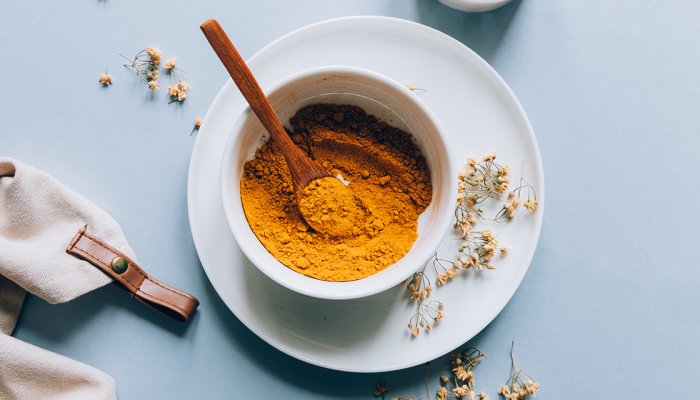
Scientists certainly seem to think so. A recent review of studies1 published in the National Library of Medicine found that curcuma helps reduce inflammation and may be particularly useful for treating the symptoms of osteoarthritis. The authors of the review found that the most commonly researched dose of curcumin (around 1,000–2,000 mg daily) has strong antioxidative and anti-inflammatory effects.
The authors also noted that because curcumin is quite safe in high doses, it’s a more promising treatment option than other inflammation- and pain-management pharmaceuticals, which often come with a host of unwanted side effects.
Nevertheless, the review noted that scientists have not quite landed on if or how it might prevent the onset of the disease altogether. “Further research is needed to determine the preventive role of curcumin in the pathogenesis of OA, the effects of long-term usage of curcumin in preventive purposes and treatment of osteoarthritis, as well as to determine optimal therapeutic dosages,” noted the authors of the review.
Osteoarthritis is a common joint disorder that affects over 32 US adults2. It’s a degenerative disease that occurs when protective cartilage wears down over time, leading to pain, stiffness, and difficulty staying active and moving around.
The joints that are most commonly affected by osteoarthritis are those in the hands, knees, hips, and spine. As the cartilage breaks down, the bones in the joint can begin to rub against each other, causing pain and inflammation.
While some treatment options exist, such as nonsteroidal antirheumatic drugs, they come with side effects, including stomach upset and an increased risk of ulcers and gastrointestinal complications.
